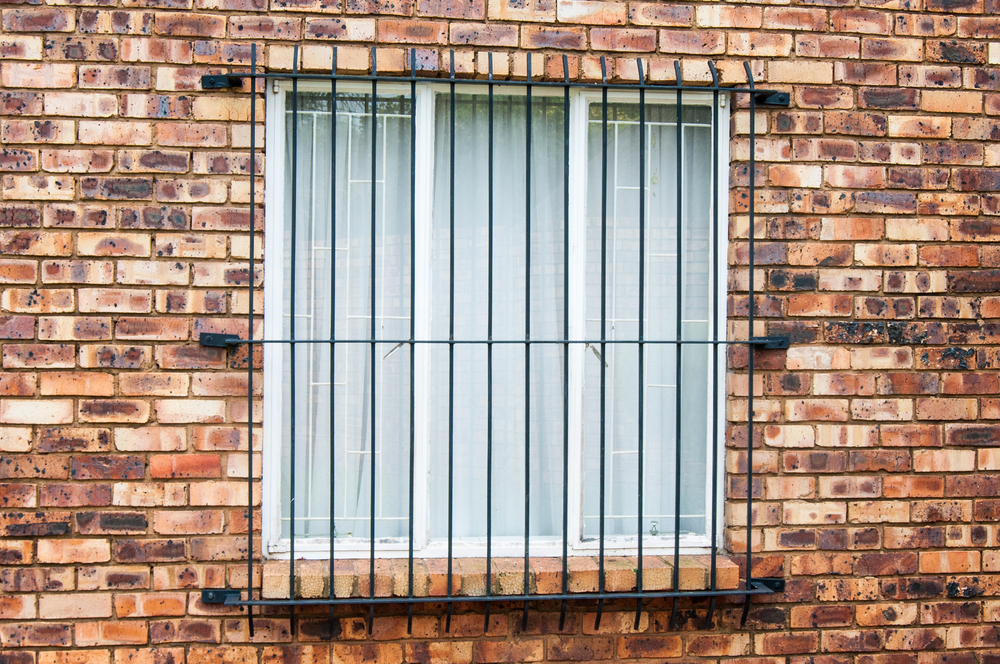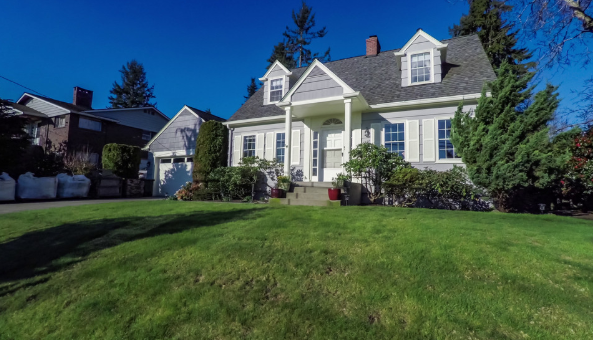John is a contractor in charge of the drainage system for a new project to build a large residential complex. He knows polyvinyl chloride (PVC) is widely used in drainage applications. Still, he’s not sure PVC pipes (and PVC pipes fittings) are the best option for his project or that they’re better than popular drainage piping materials such as cast iron and concrete.
If you are like John and need to know the advantages and disadvantages of using PVC pipes in your drainage project, read on. This write-up will review the key factors to consider when choosing piping material and discuss the advantages and disadvantages of PVC pipes to help you make an informed decision.
Factors to Consider When Choosing a Drainage Pipe Material
When deciding on a piping material for drainage applications, consider the following factors.
1. Durability
When it comes to drainage pipes, durability is a primary consideration. Drainage pipes transport fluids and slurries, and they must withstand the weight of these materials. Furthermore, they should be able to bear the weight of soil, especially if you’re building an underground drainage system, and they must be resistant to wear and tear.
2. Chemical Resistance
If your drainage pipes transport chemicals or chemical-contaminated fluids, they must be as chemically inert as possible. This will ensure they will not get damaged by the chemicals, acids, and other substances that may be present in the fluid they are transporting. This is especially crucial in industrial and agricultural drainage applications.
3. Impact Resistance
This is particularly important for above-ground drainage systems. If something falls on or drives onto your pipes, they must be able to hold out against the impact to keep the integrity of the drainage system intact.
4. Climate Suitability
Are you installing the pipes somewhere cold? In this case, you want pipes that are flexible enough they won’t break when exposed to low temperatures. You also want them to have great insulation properties and be poor conductors so the fluid they hold won’t freeze and burst your pipes from the inside.
However, if your project is somewhere hot, you want pipes that can withstand high temperatures and high levels of ultraviolet (UV) radiation. Finally, you also want a low thermal expansion coefficient; in other words, pipes in places where it is normally hot should not readily expand when exposed to high temperatures.
5. Flexibility
You should use flexible pipes to accommodate soil movement and shifting without cracking or breaking.
6. Cost
The lower the cost, the better. Of course, the cost of drainage pipes will vary depending on the project scope and requirements, location, and the availability of your preferred material. That said, it’s important to compare the costs of different pipe materials and consider the initial cost and the long-term costs, such as maintenance and replacement.
Ease of Installation
You should also choose pipes that are easy to handle, transport, and install. You want something lightweight to save time and labor costs.
Standards Compliance
Naturally, you need pipes that your local building code accepts or approves of in drainage applications. Therefore, check your local standards on drainage systems’ materials, design, installation, and performance.
Recyclability
You may also want to consider the environmental impact of your drainage pipes. Ideally, you want pipes that do not significantly contribute to harmful greenhouse gas emissions.
The Advantages of PVC Pipes
The following make PVC pipes a good choice for drainage applications.
Cost-Effectiveness
PVC pipes are affordable. In fact, they are generally 30% to 40% less expensive than concrete and metal pipes. This cost advantage can be attributed to their lower material costs and ease of installation. Since they are lightweight, moreover, they require less labor and cost less to transport and handle.
However, depending on your location, PVC pipes may be more or less expensive. When evaluating their cost-effectiveness, you should also consider their expected lifespan and cost of maintenance, repairs, and replacement.
Durability
Since PVC is resistant to corrosion, rust, and other forms of wear and tear, PVC pipes are a great durable option for drainage applications. In fact, they can last for decades, with a predicted service life of over 100 years.
Low Maintenance
Their resistance to chemicals, acids, and bacteria makes PVC drainage pipes a low-maintenance alternative to mainstream pipe materials. This should be a great advantage if you plan to use them to carry harsh substances or fluids exposed to biological contaminants.
Versatility
You have a wealth of options when it comes to PVC drainage pipe options. They come in different sizes, thicknesses and configurations. There are pipes for surface, subsurface, and stormwater systems and pipes for residential, commercial and industrial applications.
Environmental Benefits
A thermoplastic, PVC may be recycled, reducing its environmental impact compared to other drainage pipes. Additionally, it has a lower carbon footprint during production and transport.
Climate Suitability
Are you building in a hot desert country like the United Arab Emirates? Perhaps your project is in the colder parts of Canada. As long as you assess specifications against local standards and conditions, you should be able to use PVC pipes regardless of the ambient temperature.
In warm climates, PVC makes excellent drainage pipes because it can withstand high temperatures, has high resistance to UV radiation, and does not readily expand with heat. Meanwhile, PVC is also suitable in cold climates as it does not readily crack in low temperatures. It also has insulation properties and is a poor conductor.
The Disadvantages of PVC
The following are a few reasons you may need to consider other materials aside from PVC.
Not Ideal for Hot Water Drainage
PVC has a maximum continuous operating temperature of 140°F (60°C). Do not use them to transport fluids that are hotter than this temperature ceiling.
Not Ideal for High-Pressure Application
The pressure ratings of PVC pipes range from 300-600 pounds per square inch, but actual values depend on pipe diameter, wall thickness, and operating temperature, among others. Before using PVC in your project, check its pressure rating to ensure it can handle your expected operational pressure.
Not Ideal for High Traffic Locations
PVC pipes are relatively less resistant to knocks, which can be a problem in high-traffic drainage applications.
Suitability of PVC for Drainage Applications
PVC drainage pipes are suitable for any project, from commercial to industrial and even luxury residential villas. They are cost-effective, durable, low-maintenance, lightweight, easy to handle, and easy to transport. They are also resistant to corrosion, rust, and other forms of wear and tear, so they have a long service life.
However, it is important to remember that PVC pipes have limitations. It is crucial to assess them according to specific project requirements and ensure they suit your particular drainage needs.







